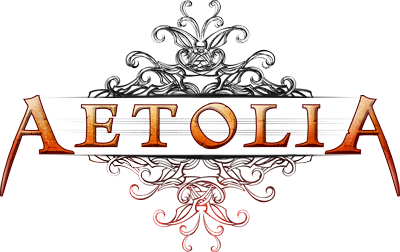22.4 Crafting Commodities
Like crafting in the real world, you need commodities to make your creations a reality. Deciphering which materials, in which volume, are needed, can be a challenge. Hopefully the rules and guidelines below will assist.
- All patterns come with a "base commodity" requirement, which is the financial and basic cost to that item. They are necessary to supply to create the item, but not necessary to include in the descriptions. They also have an "additional commodity" section for components which can be cleared and added to as is appropriate.
- Default patterns may list materials that are not included in the base or additional commodities. Example: the basic letters mention a ribbon which binds them closed. If you wish to create your own letter with a ribbon, you need to include a cloth commodity (which the default design does not have). Default designs have some leeway (which can be confusing) because they are default - it is a trade off of using the generic, impersonal design.
- If you do describe something that is not included in the base commodities, you are required to add it to the additional ingredients (no matter how much is used). Example: Shoes with iron-tipped heels need an iron commodity added. If you have wooden buttons on a shirt, you need to include a piece of wood. If you do not specify what such notions are made from, it is assumed they are made from the base commodities (such as cloth buttons). If what you are describing is not possible with the base components, a commodity will need to be added to compensate (high heels, boning, etc).
- REGARDING FURNITURE: Furniture designs that wish to include a component used in a different trade (such as sheets for a bed, or blankets on a couch), must include the complete number of base commodities that design would have (so 4 cloth for sheets additional to that bed's components).
- Several commodities can act as multiple things (leather can be near any ubiquitous type - cow, deer, kidskin, etc. Cloth can be linen, flax, basic silk (not spidersilk), wool, cotton, satin, etc.) If the mentioned material is rare enough to only come from one or two mobs (leather made from the Night Tiger's hide, rather than lambskin, for example), then you must include the actual hide of the creature, rather than using, say, generic leather. See READNEWS CRAFTS 757 for more information on this topic.
- Similar rules apply to making scented items with specifically mentioned odours, within reason. Example: a rose-scented letter needs a rose ingredient. However, if the book smells like it has been left in a cave for fifty years, given that there is no commodity for this, there is nothing to add.
- Do not use regional-specific items. For example, cashmere, angora, mohair, taffeta, etc. There are, in some case, in-game items to compare to those-- Heylish wool counts as cashmere. Weald wool can be used as angora or mohair.
- If you specify a colour, there must be a way to create that colour. Mortal crafting only allows basic colours with dyes (red, blue, yellow, green, and purple), which can be "mixed" to create a variety of colours. Metallic colours require an added commodity to match the metal.
See also: HELP CRAFTING, HELP DESIGN APPROVAL, HELP DESIGN GUIDELINES
